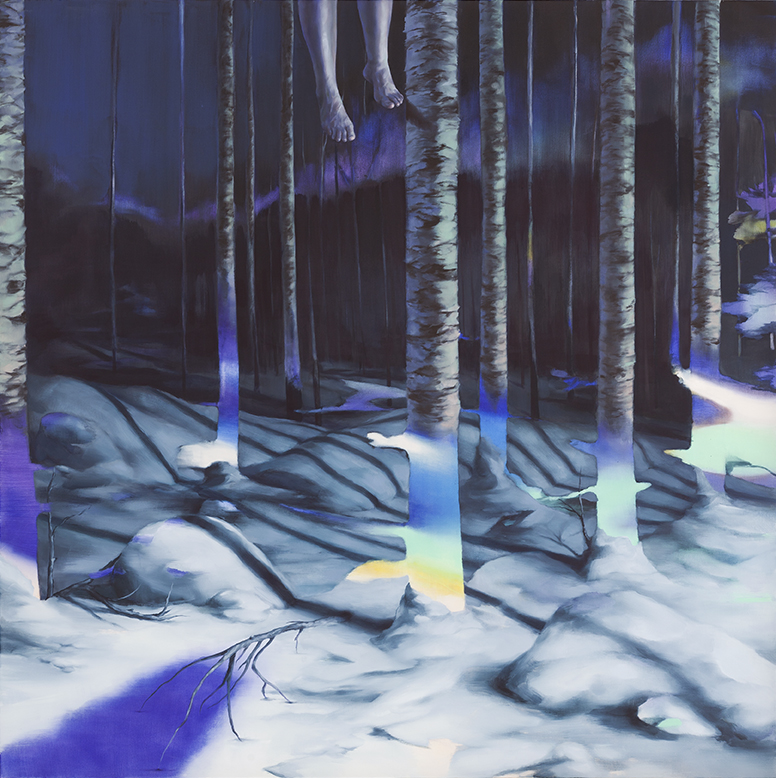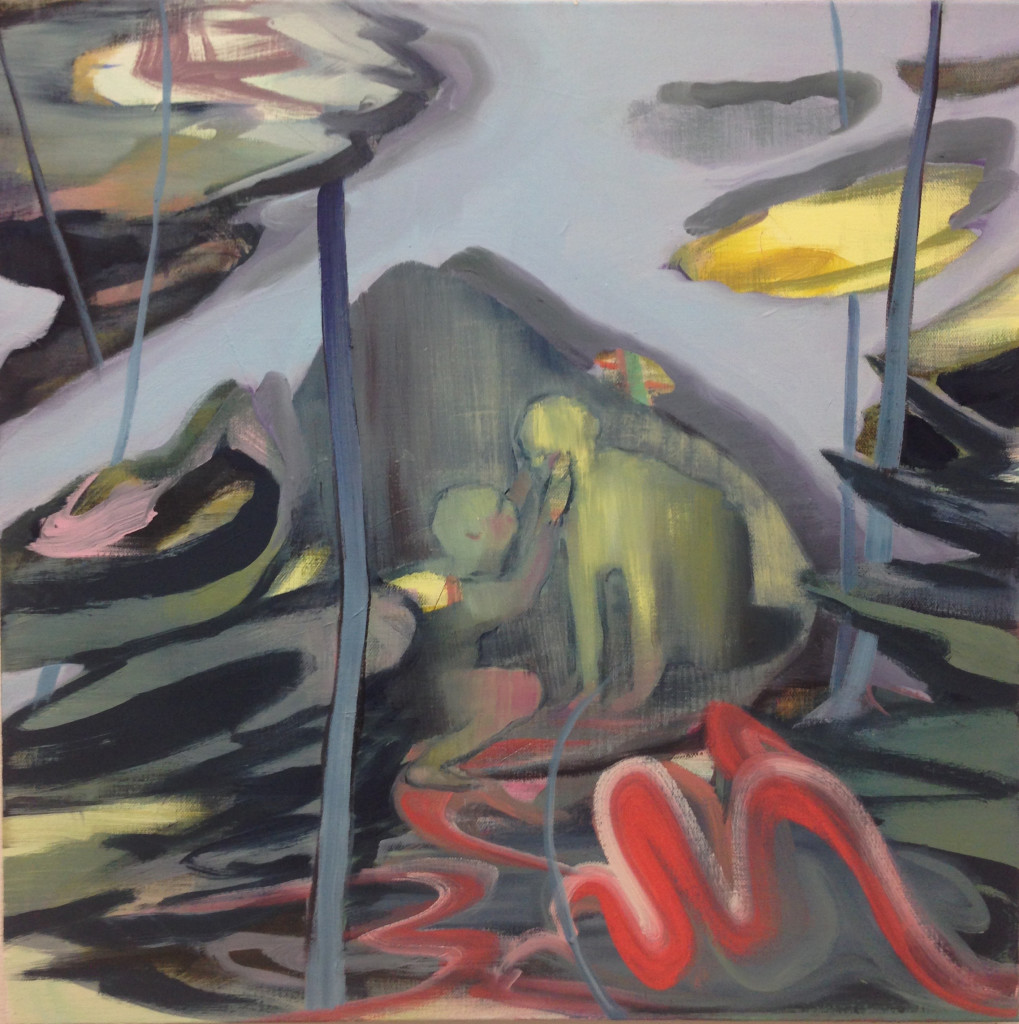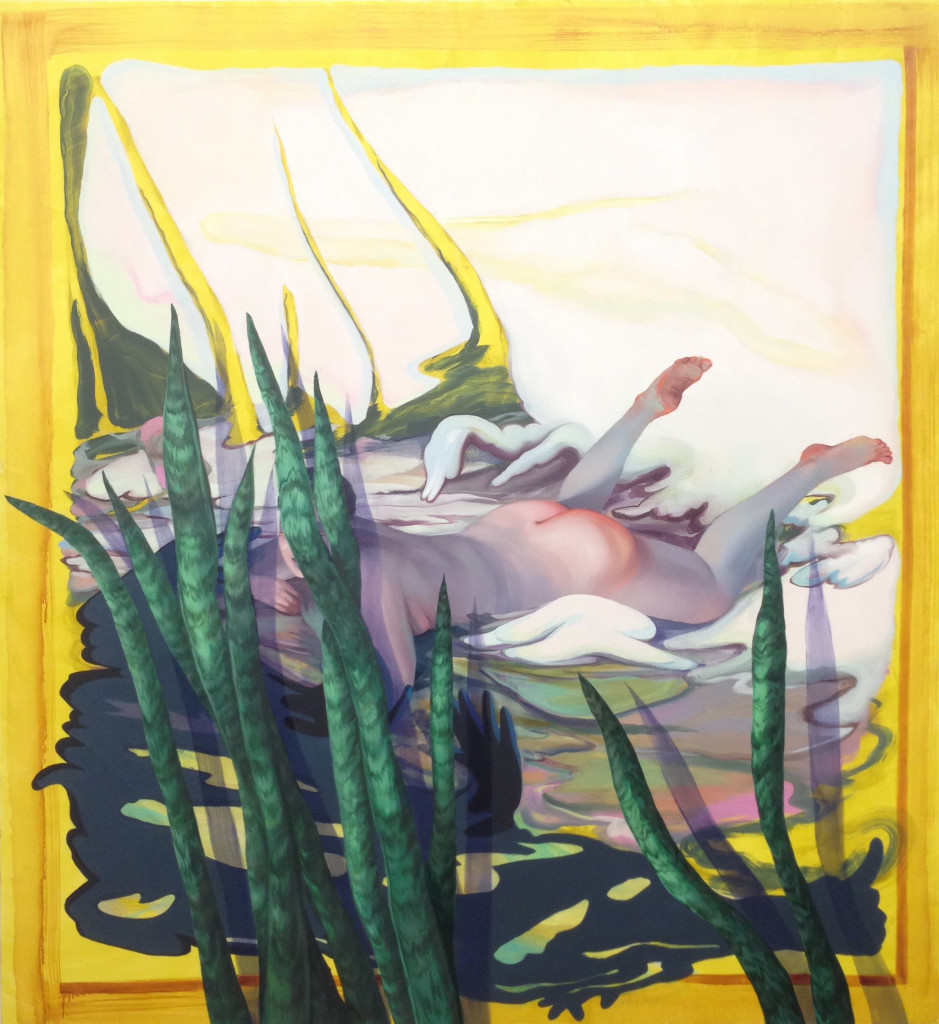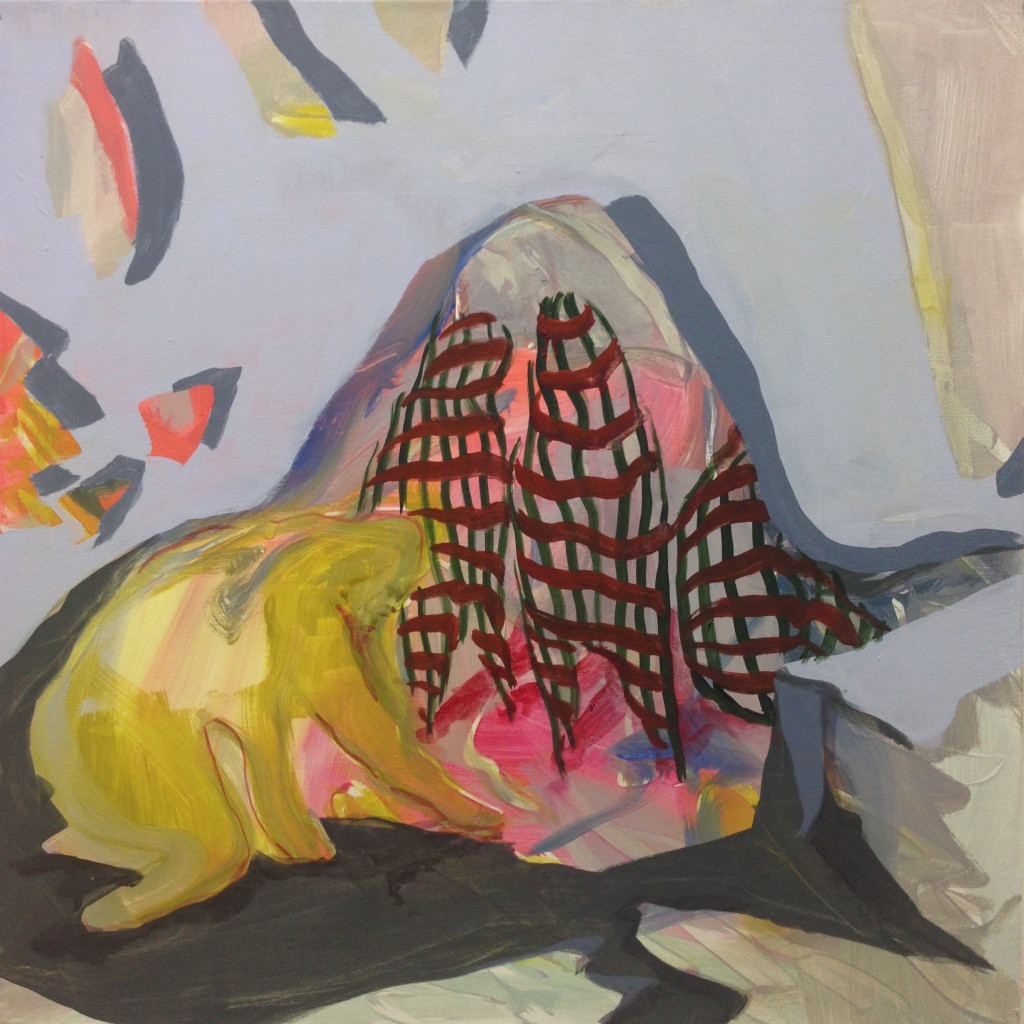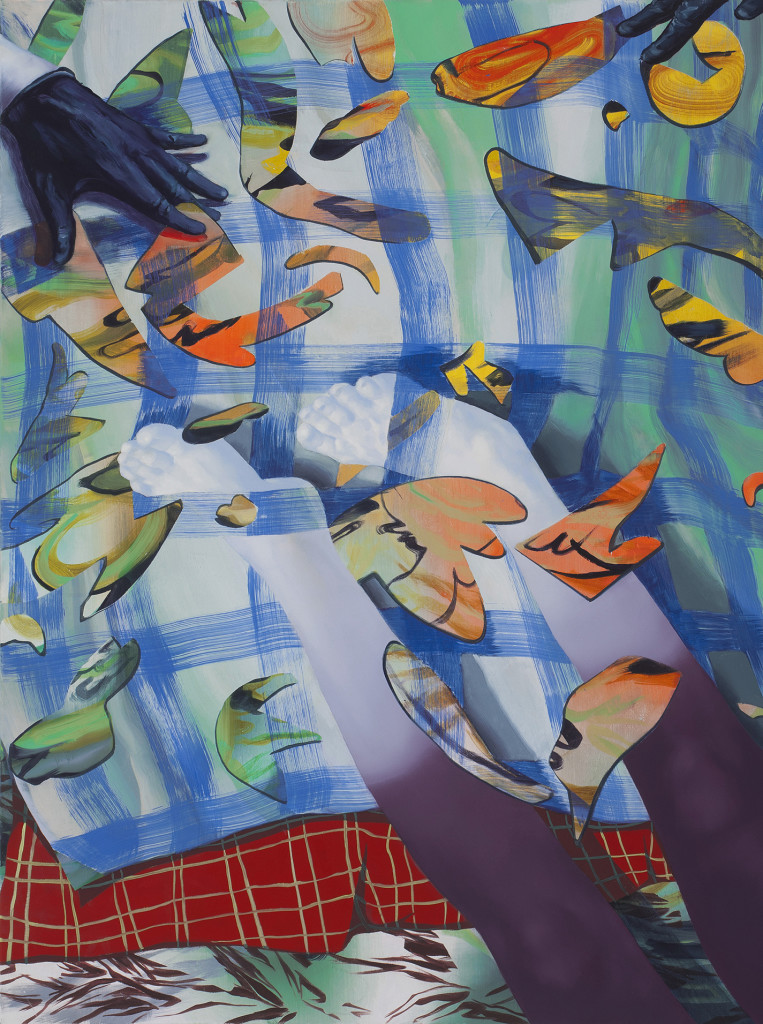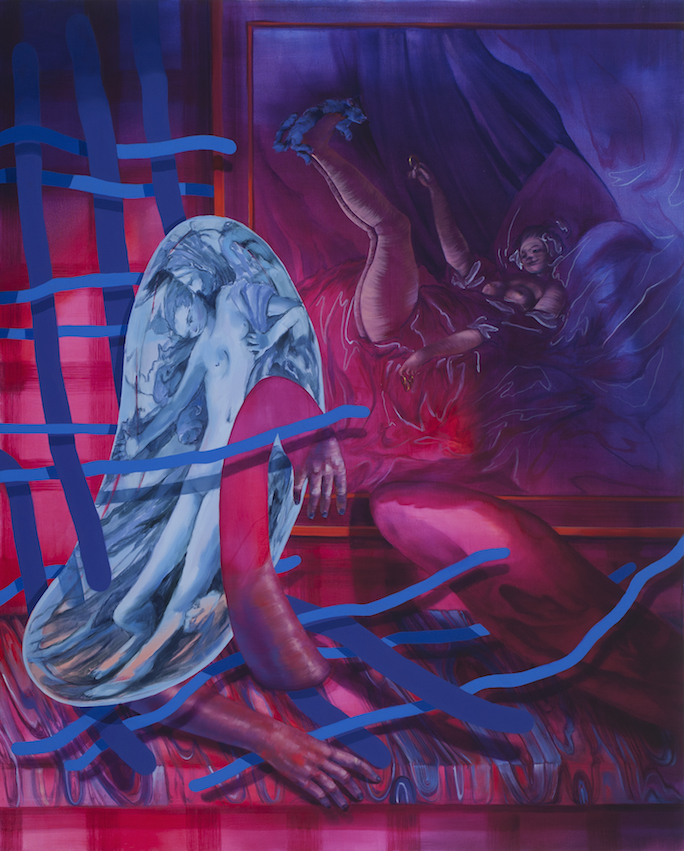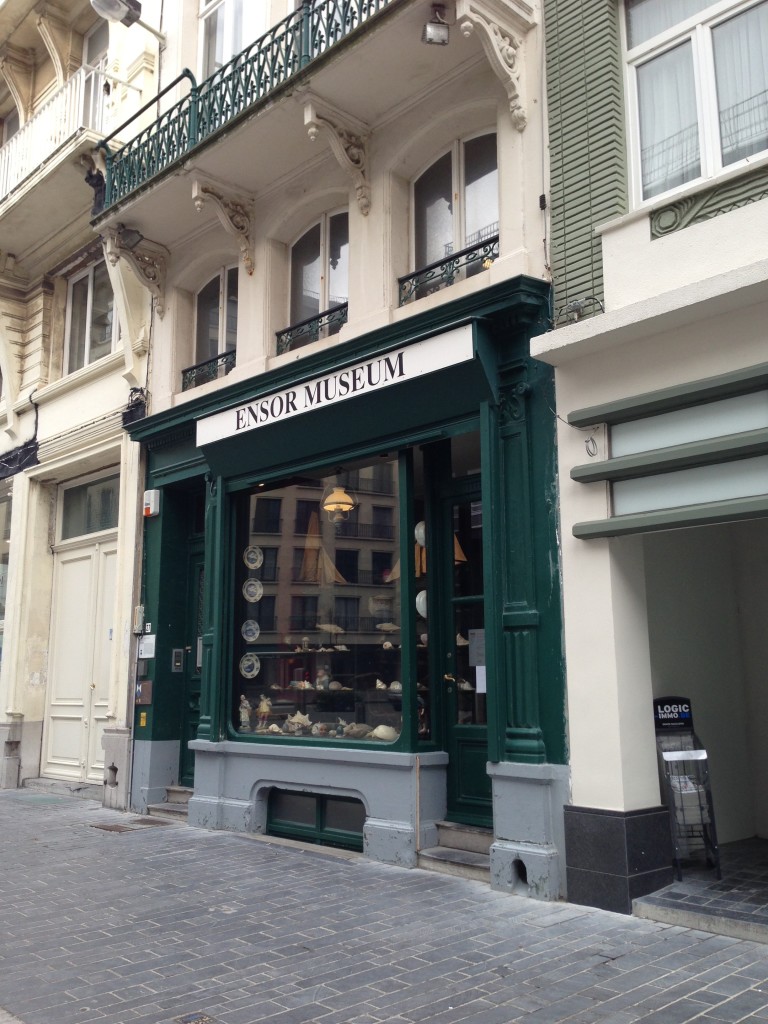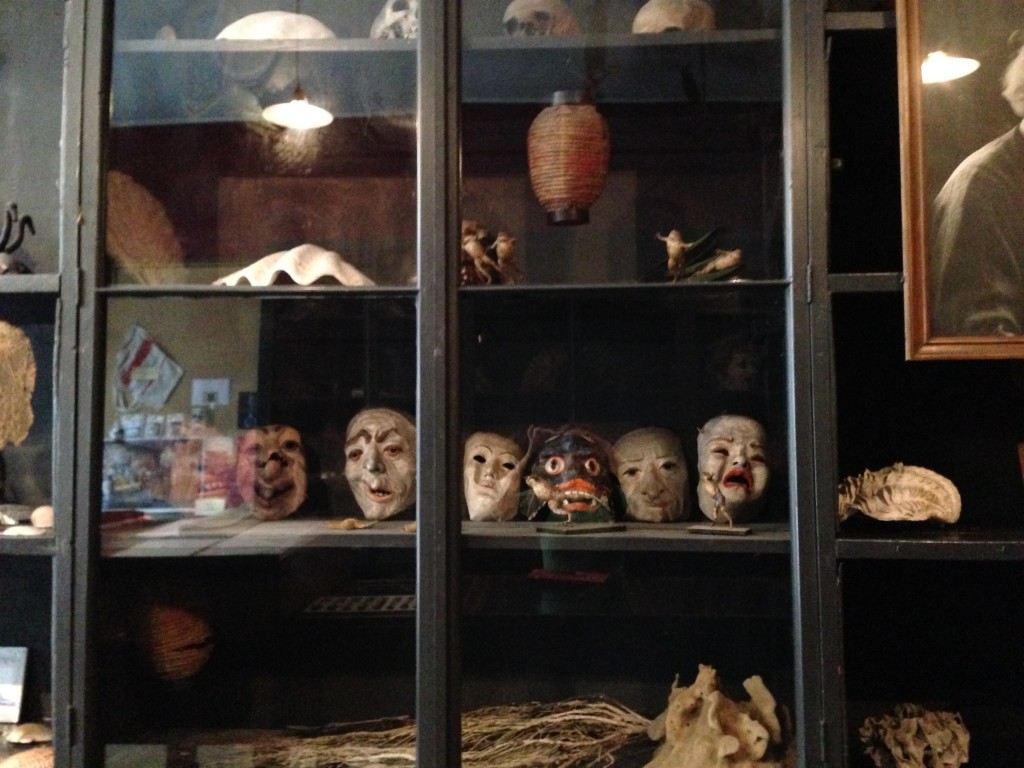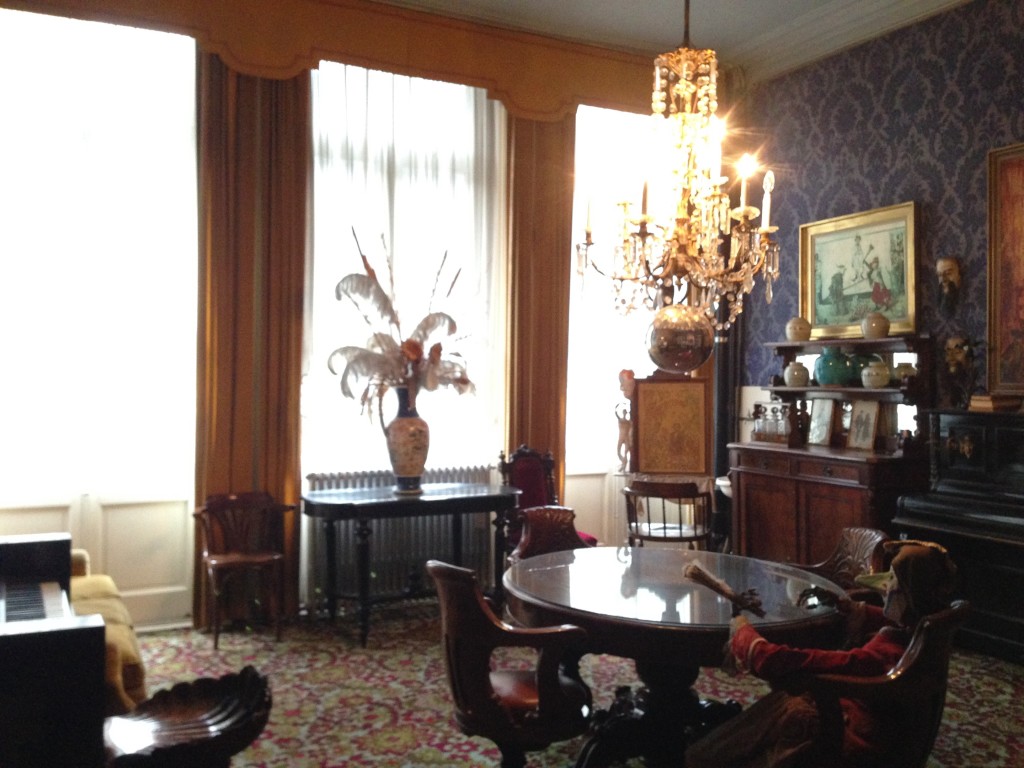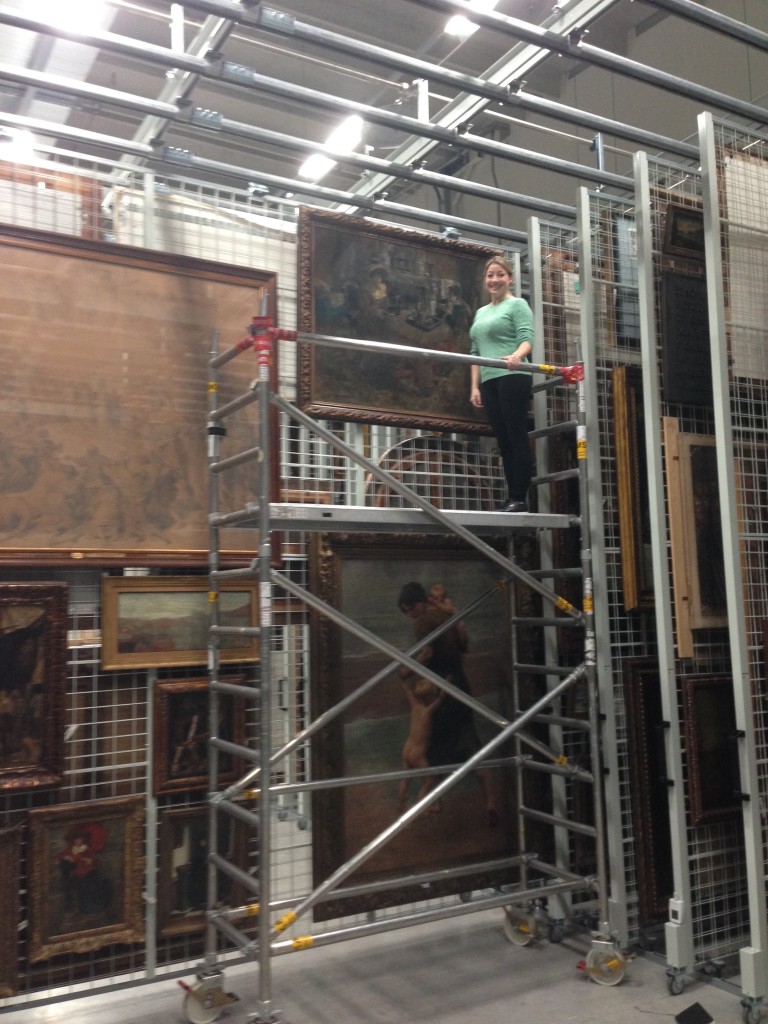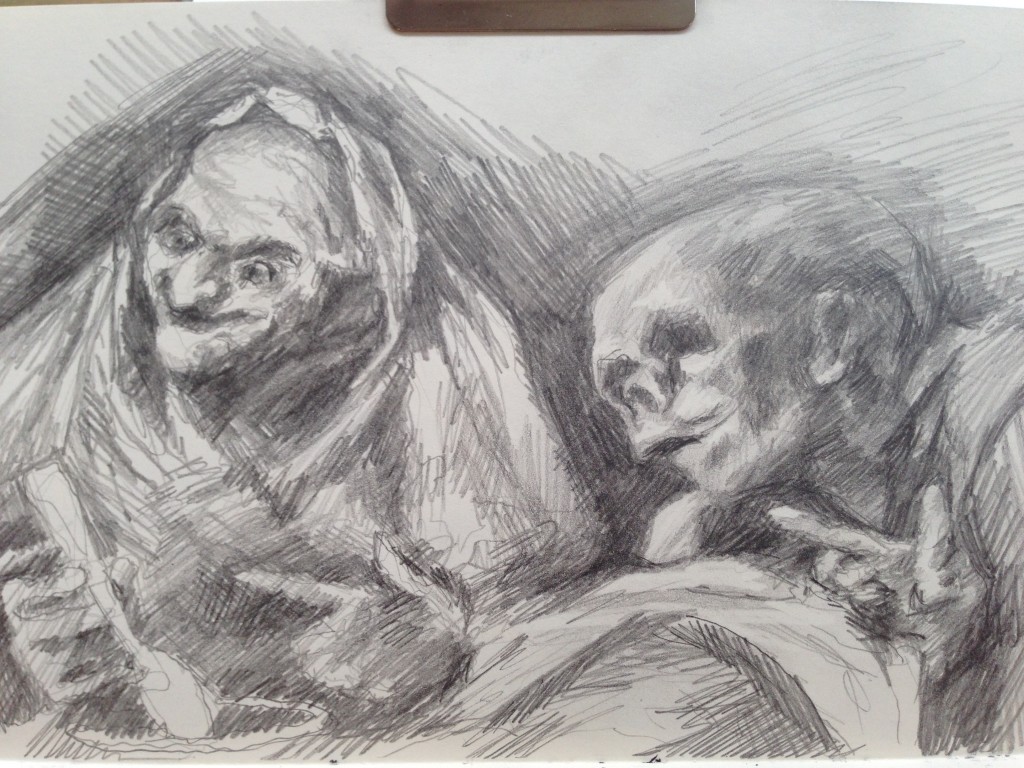Sarah Slappey
Grant awarded Spring 2015
website: https://www.sarahslappey.com/
Horror through Two Palettes:
Exploring James Ensor in Belgium and Francisco de Goya in Spain
The uncanny, horror, and mythology are central pillars of my work. For many years, I have referenced the paintings of James Ensor and Francisco de Goya. Both explore darkness through the figure, though each uses drastically different palettes and narrative. Goya’s Black Paintings at the Prado (Madrid, Spain) tie closely to the mythology and palette in many of my paintings. The empty, light-drained backgrounds of the paintings become an emotional landscape, full of terror and potential, though they contain nearly no imagery. Similarly, my paintings play with darkness and foreboding through varying degrees of information. Dramatic light, strange shadows, and events on the brink of explosion are tools I have garnered from Goya’s Black Paintings.
Goya’s dark, fleshy paintings have a strange emotional counterpart: James Ensor’s pastel, airy paintings of romping skeletons. Ensor’s use of a sickly sweet palette creates a complex psychological impact. I have challenged myself to adopt a similar palette, squeezing psychological density out of the saccharine. Ensor’s paintings are a perfect example of positioning an unexpected palette against images of horror to touch upon that unusual world of the uncanny.
Using the Kossak travel grant, I was able to travel to Belgium and Spain to see the work of Ensor and Goya in person. I began my trip in Belgium and traveled to Brussels, Ghent, Ostend, and Antwerp. In Ostend I visited Ensorhuis, the original home of James Ensor, which has been preserved in its exact state since the artist lived there in the late nineteenth century. I then traveled to Antwerp where the bulk of Ensor’s work is housed. Unfortunately, Royal Museum of Fine Arts in Antwerp was closed until 2018 for renovations. In preparation for my trip, I began a correspondence with an archive librarian from the museum, who graciously reached out to conservators and art historians working at the offsite storage facility for the museum and arranged a visit. The museum had a driver pick me up from downtown Antwerp and drive me to the facility outside the city. I spent the entire day climbing storage scaffolding, observing a Caravaggio cleaning, and flipping through 700 pages of Ensor’s drawings, prints, notes, and private sketchbooks.
From Belgium, I spent a full week in Paris where I visited the Louvre, Pompidou, Musee d’Orsay, and countless other sites for the first time. Sketching in the Louvre directly from Da Vinci and seeing Manet’s “Olympia” in person were two highlights from my time in France.
My last stop was Madrid where to see Goya’s Black Paintings in person. Reproductions of these works are notoriously poor; the paintings in person were alive, deep, and terrifying. Taking in the scale of the original work is also necessary to understanding the work. The painting “Witches’ Flight” was incredibly small and intimate, and experiencing the image in its intended size forever changed the feeling of that painting (which I have often referenced since I returned.)
I saw, felt, and experienced an immeasurable amount during those two weeks in Europe. I cannot thank the Kossak committee and family enough for this incredible opportunity.


